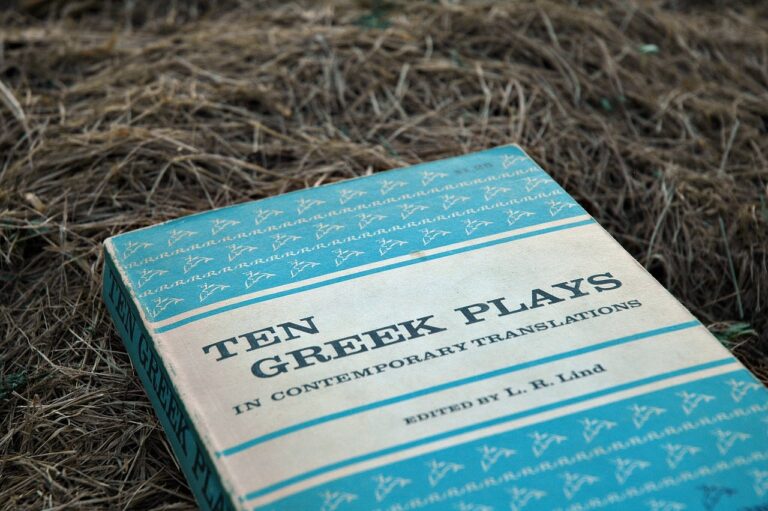Exploring Alternative Assessment Methods: Portfolios and Presentations: Cricket bet 99 login, Sky11 live, Reddy book id
cricket bet 99 login, sky11 live, reddy book id: Alternative assessment methods such as portfolios and presentations offer a unique way to evaluate student learning beyond traditional exams and quizzes. These methods provide students with the opportunity to showcase their knowledge and skills in a more meaningful and authentic way. In this blog post, we’ll explore the benefits of using portfolios and presentations as assessment tools in the classroom.
Portfolios: A Comprehensive Assessment Tool
Portfolios are a collection of student work that demonstrates their progress and achievements over a period of time. They can include a variety of artifacts such as essays, projects, artwork, and reflections. Portfolios allow students to showcase their strengths and areas for growth in a comprehensive manner.
Benefits of Using Portfolios:
1. Encourages Reflection: Portfolios require students to reflect on their learning experiences and identify their strengths and areas for improvement.
2. Promotes Creativity: Students have the freedom to choose which artifacts to include in their portfolios, allowing them to showcase their creativity and individuality.
3. Supports Differentiated Instruction: Portfolios can be personalized to meet the needs of diverse learners, providing a more holistic view of student achievement.
4. Assesses a Range of Skills: Portfolios can assess a wide range of skills such as critical thinking, communication, and problem-solving.
Presentations: Demonstrating Communication Skills
Presentations are another alternative assessment method that allows students to communicate their knowledge and ideas to an audience. Whether it’s a group presentation or an individual speech, presentations require students to effectively convey information in a clear and engaging manner.
Benefits of Using Presentations:
1. Builds Confidence: Presentations help students develop their communication and public speaking skills, boosting their confidence in presenting information to others.
2. Encourages Collaboration: Group presentations promote teamwork and collaboration among students, fostering a sense of community in the classroom.
3. Fosters Critical Thinking: Students must organize their thoughts and present information cohesively during a presentation, enhancing their critical thinking skills.
4. Real-world Application: Presentations mirror real-life scenarios where students may need to present information in a professional setting, preparing them for future endeavors.
FAQs
Q: How can teachers assess portfolios and presentations effectively?
A: Teachers can use rubrics to evaluate portfolios and presentations, providing clear criteria for assessment and feedback for improvement.
Q: How can students benefit from alternative assessment methods?
A: Alternative assessment methods promote student engagement, creativity, and critical thinking skills, offering a more authentic way to demonstrate learning.
In conclusion, portfolios and presentations offer valuable opportunities for students to showcase their knowledge and skills in a meaningful way. By incorporating these alternative assessment methods into the classroom, teachers can assess student learning more comprehensively and empower students to take ownership of their education.







